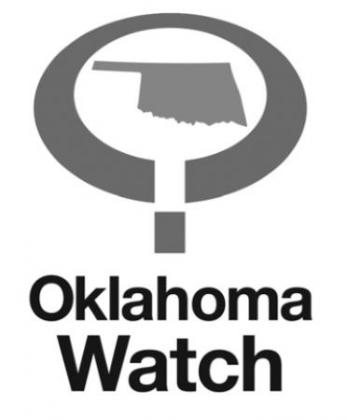Oklahoma’s reported death toll from COVID-19 passed a grim benchmark on Friday, and health officials warn the worst may yet to come as cases continue to rise and hospitalizations remain at elevated levels.
Reported deaths in December have already exceeded monthly totals from March to September. On Friday, the Oklahoma State Department of Health reported 27 additional deaths, bringing the month’s total to 264 deaths. The pandemic has claimed the lives of 2,007 Oklahomans.
Active cases began to decline this week after peaking before Thanksgiving at 32,384. Still, several places across the state posted large weekly increases in active cases, according to an Oklahoma Watch analysis of health department data. Among them were Taft, where cases rose at Jess Dunn Correctional Center. Another outbreak was in Helena at the James Crabtree Correctional Center. Other ZIP codes with high weekly increases were in south Tulsa, Broken Arrow and Edmond.
Apart from the weekly increases, several cities and sub urbs continued to post high numbers of total active cases. Among them were ZIP codes in Yukon, Moore, Broken Arrow, Edmond, south Oklahoma City and Owasso. Those places all had more than 400 total active cases as of Friday.
Gov. Kevin Stitt on Thursday announced additional statewide restrictions to help control the spread of the virus. Building on restrictions from last month, the governor said public gatherings, including weddings, funerals and other indoor events would be limited to 50% of capacity. The restriction does not apply to churches, where several studies have indicated as places with a higher risk for virus spread. Stitt said he didn’t want to interfere with the First Amendment’s right to exercise religion and said most places of worship were being responsible.
Stitt also said indoor youth sports attendance would be limited, and he renewed a previous executive order closing bars and restaurants at 11 p.m. He has long resisted a statewide mask mandate, but said masks would continue to be required inside state buildings.
Stitt said the new restrictions were to help an increasingly burdened hospital system. The state is averaging about 1,700 people daily in December seeking COVID-19 treatment in the hospital. The number of available intensive care unit beds has been at lows for the pandemic, with ICU bed availability falling as low as 3% at times, according to weekday snapshots of hospital usage.
Stitt and interim Health Commissioner Dr. Lance Frye said they remained “cautiously optimistic” about the coronavirus outlook for the state, but they reminded people to remain vigilant on mask wearing, hand washing and social distancing.
Separately, the Food and Drug Administration on Friday approved the first COVID-19 vaccine, giving emergency use authorization to a two-dose vaccine developed by Pfizer and BioNTech. (The United Kingdom began rolling out the vaccine earlier this week.)
More than 166,000 doses of the Pfizer vaccine and a yet-tobe approved Moderna vaccine are expected to arrive in the state by the end of the month, state health officials said Friday. The state’s four-phase vaccine distribution plan envisions the first vaccines this month will go to front-line health care workers and residents and staff in nursing homes.
“I want to remind everybody that we do have a CDC-approved plan and are ready to implement distribution of the COVID-19 vaccine to our priority groups,” said Deputy Health Commissioner Keith Reed. “This plan was built with subject matter experts in their respective fields, such as public health experts, medical professionals, epidemiologists and others. Keep in mind that the vaccine distribution plan has to be very fluid as there are many unknowns that lie ahead.”

